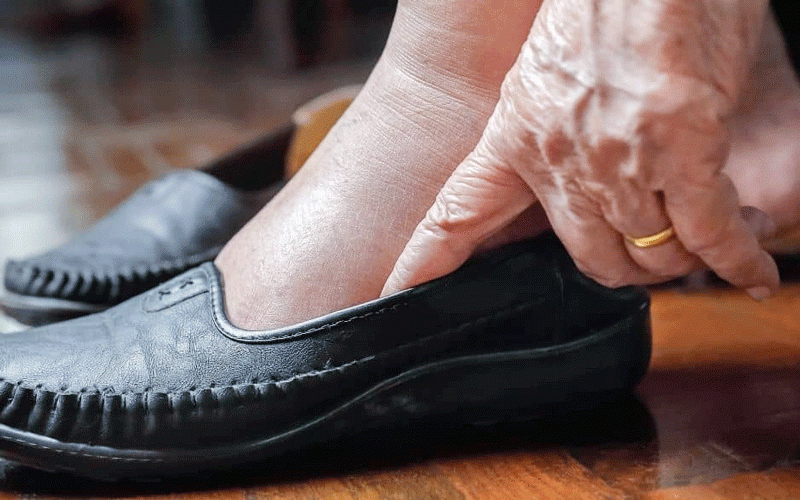
Generally speaking, anxiety occurs when a reaction is out of proportion with what might be normally expected in a situation.
Common signs and symptoms of anxiety can include:lrestlessness or feeling edgylbecoming tired easilyltrouble concentratinglfeeling as if the mind is going “blank,”lirritabilitylmuscle tensionlSleep problems (trouble falling or staying asleep or having sleep that is not restful).
Anxiety can be accompanied by a variety of physical symptoms. Most commonly, these symptoms are related to the heart, lungs, nervous, and gastrointestinal systems. You may have upset stomach, diarrheoa, trouble breathing, feel as if you may faint or are having a heart attack.
The psychotherapy component of treatment for anxiety disorders is at least as important as the medication treatment. In fact, research shows that psychotherapy alone or the combination of medication and psychotherapy treatment are more effective than medication alone in overcoming anxiety.
The most common type of therapy used to treat anxiety is cognitive behavioural therapy (CBT). This form of therapy seeks to help those with an anxiety disorder identify and decrease the irrational thoughts and behaviours that reinforce anxiety symptoms and can be administered either individually, in group therapy, and even in partner-assisted therapy. CBT that seeks to help the anxiety sufferer decrease the tendency to pay excessive attention to potential threats has also been found to be helpful.
Behavioural techniques that are often used to decrease anxiety include relaxation techniques and gradually increasing exposure to situations that may have previously precipitated anxiety in the individual. Helping the anxiety sufferer to understand and how to handle the emotional forces that may have contributed to developing symptoms (anxiety-focused psychodynamic psychotherapy) has also been found to be effective in teaching an individual with panic disorder how to prevent an anxiety attack or to decrease or stop a panic attack once it starts.
Often, a combination of psychotherapy and medications produces good results. Improvement is usually noticed in a fairly short period of time, about two to three months.
- Chamisa under fire over US$120K donation
- Mavhunga puts DeMbare into Chibuku quarterfinals
- Pension funds bet on Cabora Bassa oilfields
- Councils defy govt fire tender directive
Keep Reading
Other tips to prevent or manage anxiety symptoms include engaging in aerobic exercise and stress-management techniques like deep breathing, massage therapy, and yoga, since these self-help activities have also been found to help decrease the frequency and severity of symptoms. Although many people breathe into a paper bag when afflicted by the hyperventilation that can be associated with panic, the benefit received may be the result of the individual believing it will remedy the symptoms (placebo effect). Also, breathing into a paper bag when one is having trouble breathing can make matters worse when the hyperventilation is the result of conditions of oxygen deprivation, like an asthma attack or a heart attack.
People with an anxiety disorder may also need treatment for other emotional problems. Depression has often been associated with anxiety, as have alcohol and drug abuse. Recent research also suggests that suicide attempts are more frequent in people with an anxiety disorder. Fortunately, these problems associated with panic disorder can be overcome effectively, just like panic disorder itself. Sadly, many people with anxiety do not seek or receive treatment. If anyone is suffering with the symptoms of anxiety, please consult your doctor.
*Dr Farzana Malik clinical psychologist in crisis support centre annex.











